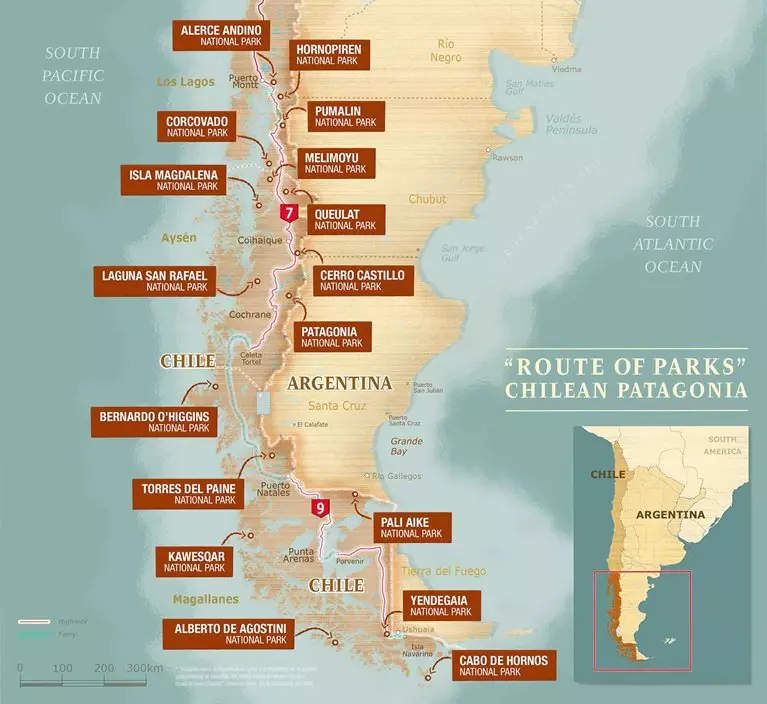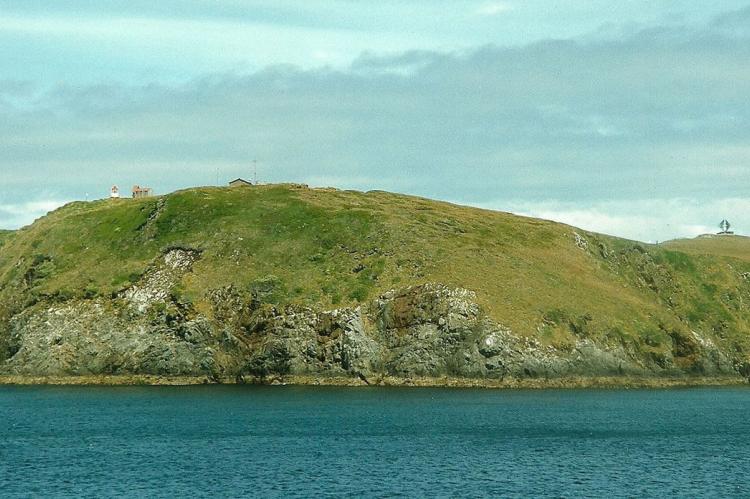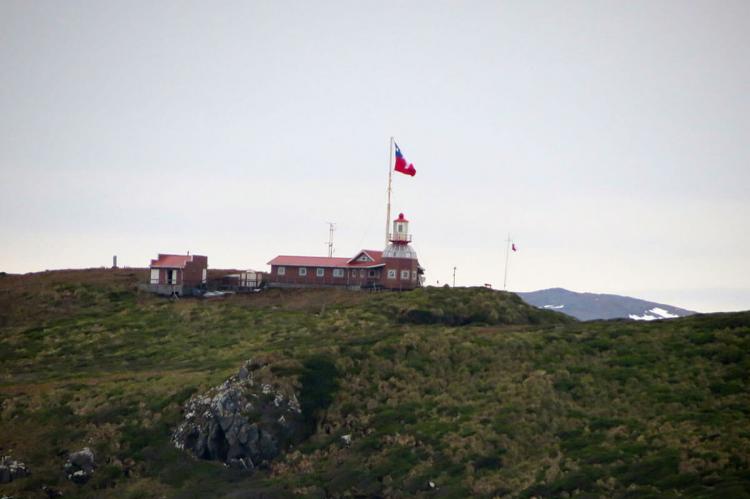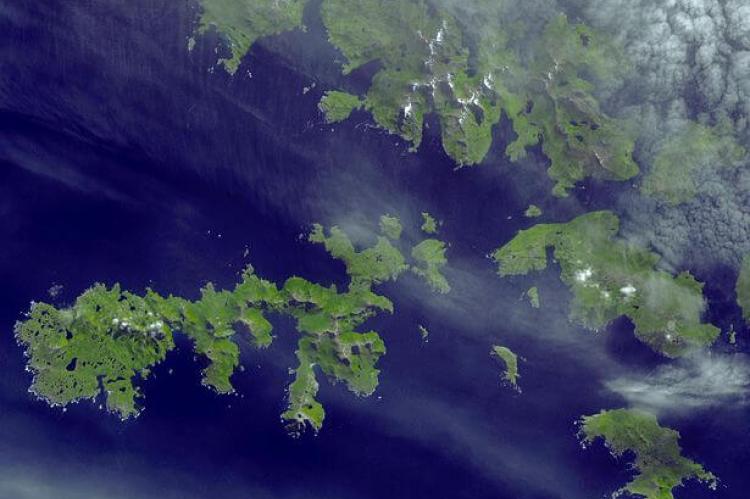Cabo de Hornos National Park (Chile)
Cabo de Hornos National Park is the world's southernmost national park, 12 hours by boat from Puerto Williams in the southern headland of Tierra del Fuego in southern Chile, the only place in the world where the waters of the Pacific and Atlantic Oceans meet.
Cabo de Hornos National Park
Cabo de Hornos National Park was created in 1945 by the Chilean Ministry of Agriculture. It constitutes the southernmost piece of Chilean territory (except for the Chilean Antarctic Territory, which is in dispute). It is part of the core area of the Cabo de Hornos Biosphere Reserve, along with Alberto de Agostini National Park.
The National Park is located in the Wollaston Archipelago, in the Hermite Islands complex. The area belongs to the Commune of Cabo de Hornos in the Antártica Chilena Province of Magallanes y Antártica Chilena Region.
Cabo de Hornos National Park covers an area of 63,093 ha (155,900 acres) at a general altitude of 220 m (720 ft), except for two significant peaks: Cerro Pirámide, which has a height of 406 m (1,330 ft) and Cerro Hyde, the highest point with an altitude of 670 m (2,200 ft).
Cabo de Hornos is the world's southernmost national park. It is 12 hours by boat from Puerto Williams in the southernmost headland of Tierra del Fuego in southern Chile. This is the only place in the world where the waters of the Pacific and Atlantic Oceans meet.
The climate in the park is generally cool, owing to the southern latitude. However, precipitation is high throughout the year. The weather station on the nearby Diego Ramirez Islands, 109 km (68 mi) southwest in the Drake Passage, shows the most significant rainfall in March, averaging 137.4 mm (5.4 in). October, which has the least precipitation, averages 93.7 mm (3.7 in). Wind conditions are generally severe, particularly in winter.
Route of Parks
Cabo de Hornos National Park is part of Chile's scenic 2,800 km (1,700 mi) "Route of Parks" that stretches from Puerto Montt in the north to Cape Horn in the south.
Spanning 17 national parks, the Route of Parks of Patagonia encompasses one-third of Chile and protects over 11.8 million hectares (28 million acres).

Chile's Route of Parks map - Thompson Conservation
Flora and Fauna
The Cape Horn Archipelago hosts the world's southernmost forested ecosystem and protects five percent of the world's bryophyte diversity.
The terrain is almost entirely treeless peat. Its main characteristic is the presence of tuberous vegetable formations covered in low-dense Poaceae (Gramineae), lichen, and mosses resistant to low temperatures and harsh weather. In some areas, small wooded areas of Antarctic beech, lenga, winter's bark or Canelo, and Magellanic coigüe can be found, making up the southernmost forest on earth.
Fauna in the park is scarce, and many species are endangered. Birds and maritime mammals dominate. Bird species found on the islands include the Magellanic penguin (Spheniscus magellanicus), or red peek penguin, the southern giant petrel (Macronectes giganteus), kelp gull or Dominican gull (Larus dominicanus), red-legged cormorant (Phalacrocorax gaimardi, also known as the red-legged shag, red-footed cormorant, red-footed shag, Gaimard's cormorant or grey cormorant), and southern royal albatross (Diomedea epomophora).
Mammal species found in the park include marine otter (Lontra Felina, known locally as chungungo), leopard seal (Hydrurga leptonyx), Chilean dolphin (Cephalorhynchus Eutropia, also known as the black dolphin or tonina), Burmeister's porpoise (Phocoena spinipinnis), Peale's dolphin (Lagenorhynchus australis), and humpback whale (Megaptera novaeangliae).


